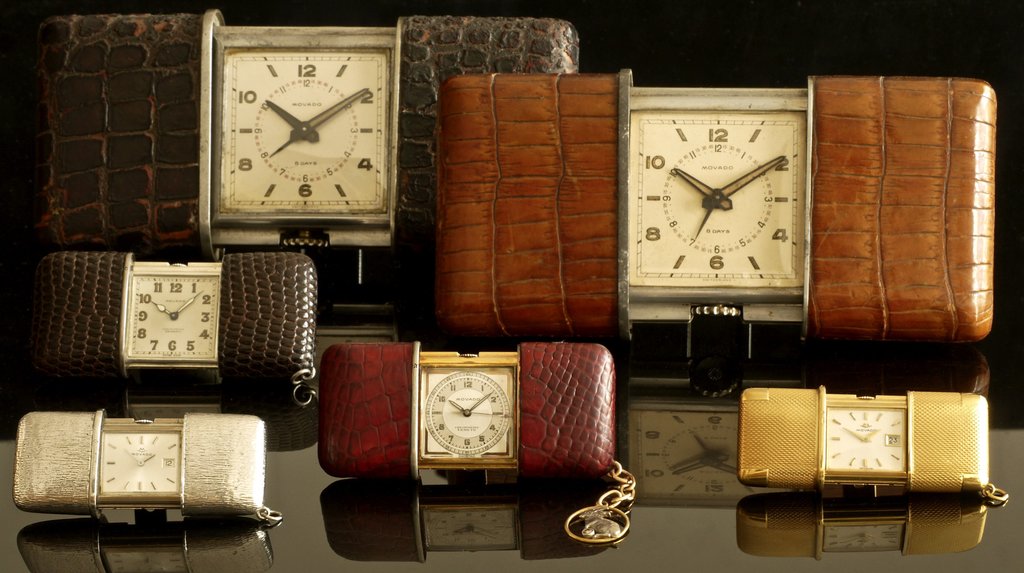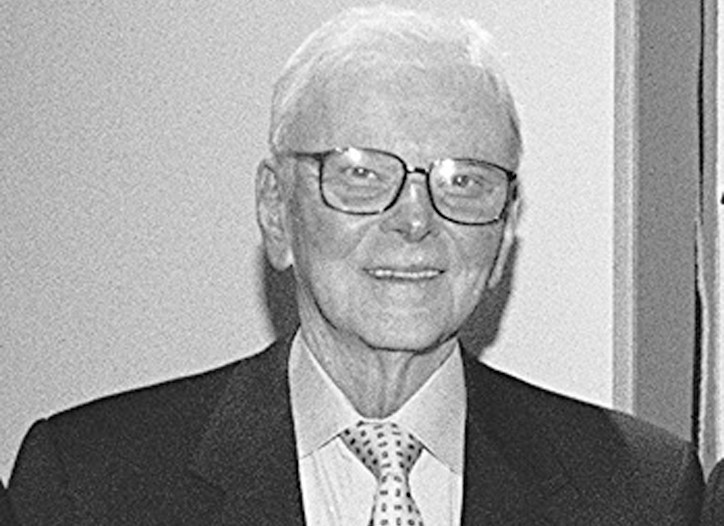The History Of The Movado Watch
Movado watches are some of the most identifiable watches in the watch world. Their clean and minimalist design can easily be spotted from across the room. While Movado watches are most well-known for their iconic dot at 12 o’clock design, they have always been working toward advances to improve timekeeping.
The Launch

Movado started in 1881 when a young man named Achille Ditesheim opened a pocket watch workshop in La Chaux-de-Fonds, Switzerland when he was 19 years old. By 1897 he was successfully running one of the largest watch shops in the area and employed 80 employees. Three years later Achille enlisted the help of his brothers to open his business under the name L. A. I. Ditisheim & Frère, but a few years later the name was changed to Movado. Movado means “always in motion” in Esperanto, the most popular international auxiliary language. Esperanto was used as a symbol for the company’s modern and forward-thinking design ideologies. Several of Movado’s watch models have Esperanto names today.
Innovative Design
In 1912 the company redirected its focus away from pocket watches and began to look at wrist watches. Their first patented idea began with the Polyplan, a curved watch to follow the curve of a wrist. This watch is composed of three planes, two of which are at a 25° angle to the main plate. This allowed for a larger balance and kept more accurate time as a result. During World War I, Movado came out with their soldier’s watch which was designed with a protective guard that could protect your watch while on the battlefield. It is said that they had sold over 2,000 watches every year for the duration of the war.

Another innovation was their Ermeto watch. The Ermeto, meaning sealed in Greek, was an inventive and technically advanced timepiece. This has been speculated to be one of the first unisex watches for the industry. It is encased by two halves that when opened, wind the watch and reveal the dial. Opening and closing the watch 3-4 times was sufficient wind for the whole day. When closed, the case was dust and water resistant. Movado advertised its versatility and durability going so far as to say the watch could be run over by a car and still operate. Most models had a small metal ring that you could attach a traditional pocket watch chain to. These watches could be put in pockets, used as travel clocks, put on keychains or in bags or purses. These watches even had several types of horological complications.
Minimalist Design
In the 1930s Movado started following a simpler design by making their watches “digital.” They accomplished this by having rotating metal discs with numbers written on the front to show the date and time. These discs took up so much space inside the watch which resulted in the time being very tiny on the front of the watch.
Their recognizable design wasn’t created until 1947 when an American industrial designer, Nathan George Horwitt, designed their minimalist dial. Movado used a version of this design in 1948 without Horwitt’s permission. This watch was known as the “Museum” watch with a single dot at the 12 o’clock position representing the sun at noon. It wasn’t until 30 years later that Movado settled with Horwitt for $29,000 for their unauthorized use of his design.
Overcoming

Movado also weathered the quartz crisis which affected the entire mechanical watch industry. While it forced the company to become inactive, existing only as a name, Gedalio Grinberg, an American, purchased the Movado company in 1983. Grinberg was also the founder of the North American Watch Corporation and is known for his part in establishing the luxury watch market. In 1996 he changed the name to Movado Group, Inc.
21st Century
Movado Group has continued broadening its portfolio with modern ideas and designs. By 2012 they had established Coach, Tommy Hilfiger, Hugo Boss, Lacoste and Scuderia Ferrari which are brands with their own identities. They also founded the higher end Concord and Ebel brands. In 2017 they acquired the OliviaBurton brand, which is one of the fastest-growing watch brands in the United Kingdom. A year later they purchased MVMT, a multi-category brand. Today they are still growing and striving for their original ideology of forward-thinking design.
Times Ticking has been in operation for more than 30 years, since 1982. We have performed watch repair for customers both locally and internationally. If it Ticks! We KNOW it! Our team of watch repair technicians have a combined experience in watchmaking of over 120 years.

